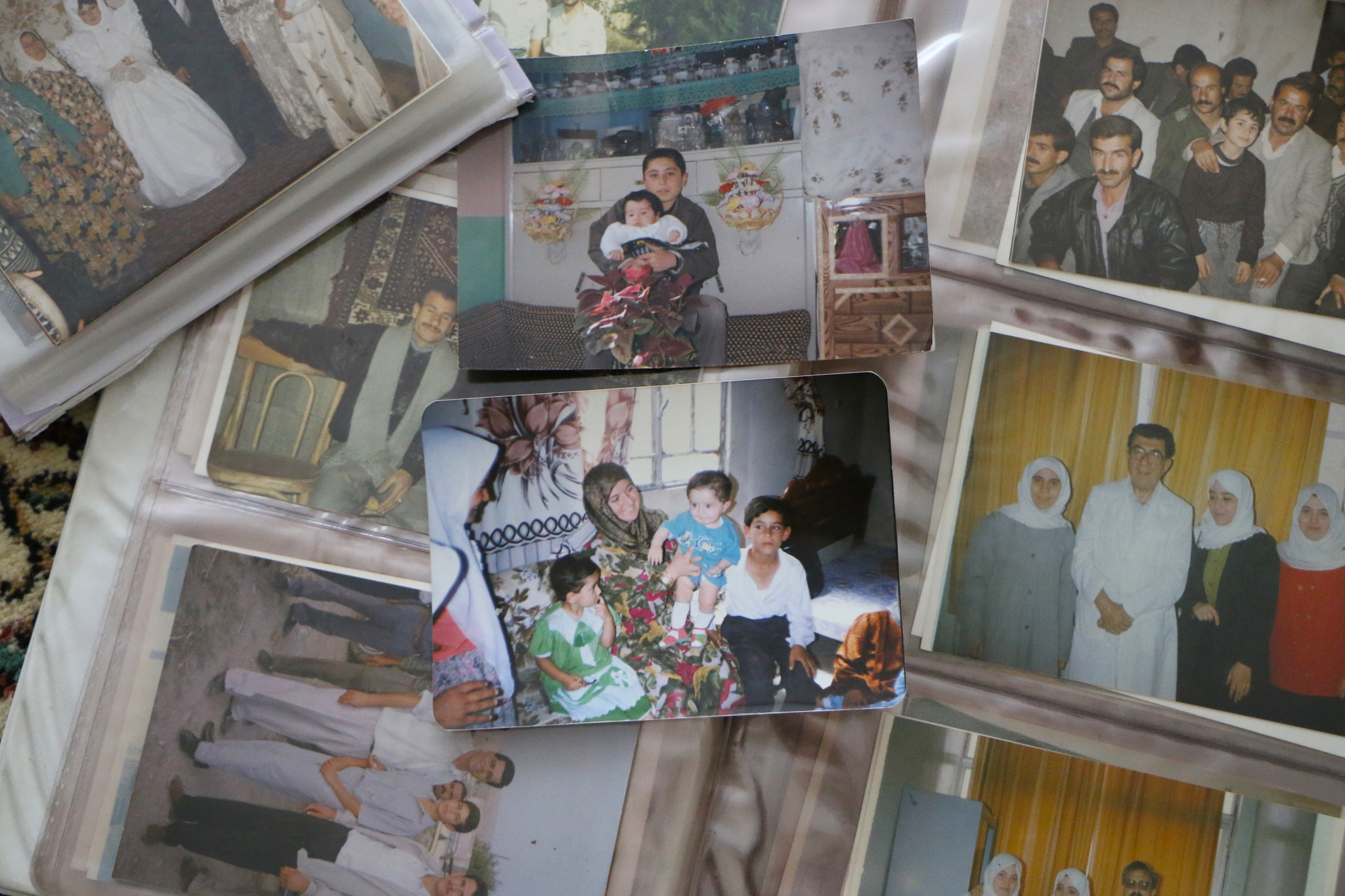4 things to keep in mind when debating migration and displacement
The future of human mobility
October 18, 2018
Photo: Sıla Alıcı / UNDP Turkey
Today, there are around 260 million migrants and 70 million displaced people around the world. Human mobility has been dubbed as the defining issue of the 21st century. Yet we are constrained from thinking ahead and planning smart and responsive policies by polarised discourse, rising nationalism, populism and xenophobia.
However, recent initiatives such as the global compacts on migrants and on refugees signal a collective willingness to act more ambitiously. To be ready for the future of human mobility, we need to start changing our thinking about it now. While doing so, here are four things to keep in mind:
1. Migration is not a problem to solve or a challenge to address
Migration is nothing new – nor is it an isolated phenomenon. Migration dynamics are interwoven with history, global politics and economics. They are also reflective of the complexities of human nature: our fears and dreams, and our search for freedom, opportunities and a better life.
It is not migration that needs to be solved, but the questions that it raises about root causes, statehood, citizen rights, belonging and identity. Consolidating the modern notion of citizenship with the nature of current population movements is problematic, so we resort to short-term approaches. If we accept that mobility and diversity are here to stay, we are closer to making our policies future-proof.
2. Decisions on migration are decisions about people’s lives
There are many challenges in developing migration policies: sovereignty of states, lack of reliable data, difficulty in controlling drivers of migration such as poverty or climate change. The biggest challenge, however, often lies in the conflicting human aspirations of those who seek safety, security and to better themselves, and those who do not want it to happen at their expense.
Policies on migration and displacement are ultimately decisions affecting people’s lives and futures. Good policy-making should reflect the perspectives, needs and goals of both newcomers and the local communities. Beyond national policies, we need to empower local governments who are close to the people, and who are more agile in their response, as demonstrated by initiatives such as the Global Parliament of Mayors and ActionNYC.
3. Half of migrants and refugees are women
The stereotype of a migrant or refugee is that of the loner young man. We easily assume that women simply follow their husbands and families, and pay less attention to the women who migrate to work or study, who seek refuge alone, or who act as heads of their families. Still, an estimated half of global migrants and of displaced populations are women and girls. Women also make up over 70% of migrant domestic workers.
Migrant and refugee women face major risks, including sexual exploitation, trafficking and violence. Unfortunately, this often results in policies that too readily equate women with other groups who are inherently vulnerable, such as children – due to their age and immaturity – or the disabled – due to their mental or physical challenges. Women are not fundamentally vulnerable but rather constrained by expectations and discrimination in society. We need to recognise this in order to change unfair structures and attitudes.
4. Economic inclusion is no panacea
The current onus in migration policies is on providing newcomers with jobs so they become ‘assets’ rather than ‘liabilities’. Focusing too much on economic inclusion can stop us from recognising the complex motivations and desires that migrants and refugees as individuals can have, as well as alienate receiving communities that struggle economically.
Moreover, ideas on migration and displacement are also heavily skewed towards the global north, leading to ‘out of sight, out of mind’ solutions such as autonomous regions in which refugees would live and work. Global debates poorly appreciate that most of human mobility takes place in the global south.
People leave their countries for a variety of reasons that may not even directly benefit themselves. Local communities also differ in their capacities to absorb newcomers. Initiatives that benefit both parties are the way forward for social cohesion: take the refugee-driven community initiative YARID in Uganda, or reception centre turned learning hub in Utrecht catering to all disadvantaged groups. Responding to the needs of all requires holistic solutions involving two-way integration.
We will address these issues in the upcoming Istanbul Innovation Days (IID), an annual gathering of partners to explore innovative approaches to development and policy making. This year, IID is highlighting #NextGenGov, to take a closer look at emerging global trends impacting governance and peacebuilding. We invite you to join us.

 Locations
Locations


